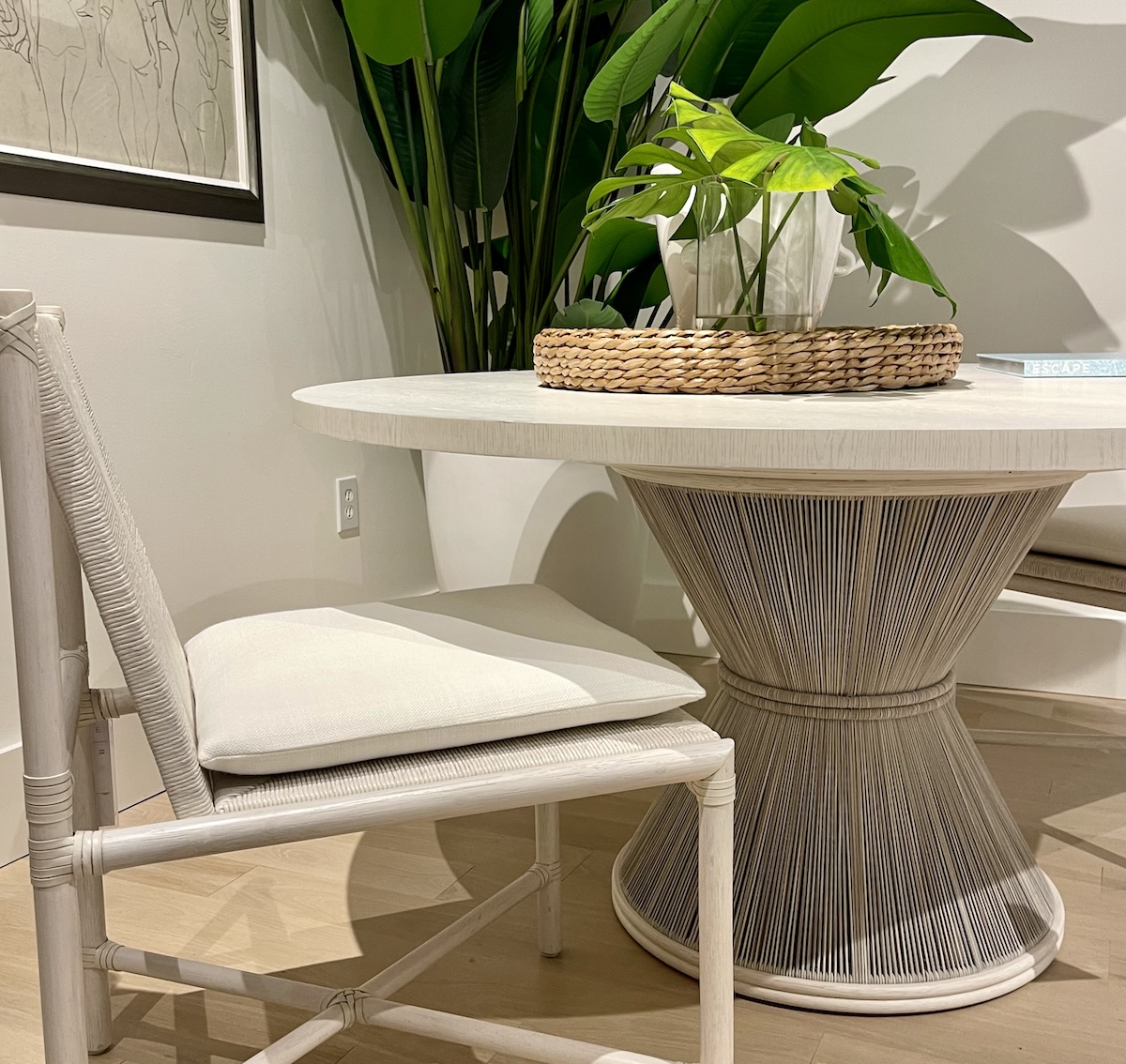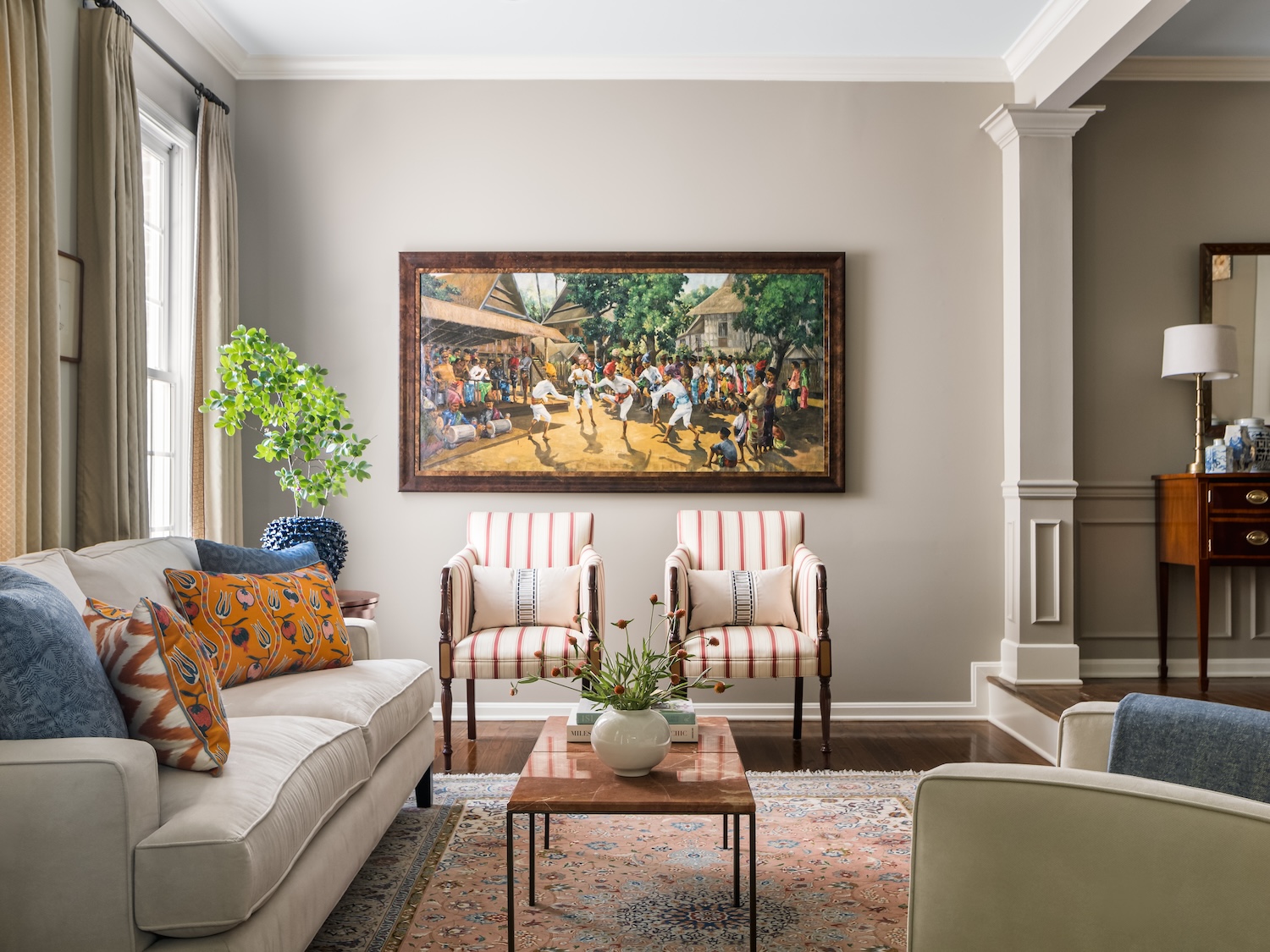How Elsie de Wolfe’s 1905 Revolution Still Shapes Modern Design
In 1905, Elsie de Wolfe declared war on Victorian gloom—and transformed how we live today.
Before the dawn of the 20th century, interior design as a profession was practically nonexistent, and the field was almost exclusively male-dominated. That landscape transformed with the advent of Elsie de Wolfe (1865-1950), who emerged as a beacon of innovation and the first professional interior designer. De Wolfe did more than just participate in the world of interior design; she revolutionized it, establishing it as a legitimate profession and opening the door for women to enter the field.
De Wolfe’s approach to design was revolutionary, particularly during the stifling Victorian era, which was characterized by dark, heavily decorated interiors. She championed a design philosophy that emphasized spaciousness, light, and iconic elements such as the Palladian window and lattice-clad “garden room.” Importantly, she pioneered the concept of the “white room,” introducing interiors filled with light and air—a marked departure from the era’s norms. This transformation invited comfort and conversation into homes that had previously been mere showcases of wealth rather than welcoming living spaces.
Her impact extended beyond the spaces she physically transformed. In her seminal 1913 work, “The House in Good Taste,” de Wolfe articulated the importance of purpose, proportion, and simplicity in creating inviting homes. Through her writings and designs, she aimed to transform houses into sanctuaries of comfort, particularly for women, who were often marginalized in the narrative of home design.
It’s fascinating that what we consider a hallmark of contemporary design is actually a 120-year-old revolution against Victorian excess. De Wolfe’s entry into interior design was a natural progression from her career on stage, where she developed a talent for creating engaging stage sets. This talent was seamlessly translated into the reimagining and transformation of living spaces, shifting away from the oppressive grandeur of the Victorian era to environments that were not only beautiful but also livable.
Her debut project, the New York Colony Club, propelled de Wolfe into the spotlight, establishing her as a powerful figure in design and setting the stage for a successful career in what had been a male-dominated profession. Her designs frequently incorporated European cultural elements, particularly French furniture and antiques—a reflection of her early exposure to European art and culture.
Beyond her professional achievements, de Wolfe was known for her extravagant lifestyle and legendary parties at her home near Versailles, where she famously “mixed people like cocktails.” Her life and work exemplify the transformative potential of interior design—not just in terms of changing spaces, but in redefining the very concept of what a home can be—a place of beauty, comfort, and personal expression.
Elsie de Wolfe’s legacy stands as a testament to the transformative power of interior design. She fundamentally changed how spaces are conceived, introducing a new vision of the home that continues to inspire today. Her guiding question, “What is the goal?” is answered in the creation of spaces that resonate with the lives lived within them, filled with beauty as individually understood and cherished by each inhabitant.
De Wolfe’s revolutionary emphasis on light, air, and space continues to guide modern design principles. (Explore more about creating interiors with light and space in our article ‘Room to Breathe: Creating Interiors with Light & Space.’) Her vision of homes as sanctuaries of comfort and personal expression remains as relevant today as it was over a century ago.
Transform your space with timeless elegance
Ready to bring the beauty of light and air into your home? At Pembrook Interiors, we honor de Wolfe’s vision while creating sophisticated spaces for modern living. Visit www.PembrookInteriors.com to schedule your complimentary design consultation.






